

Harga 2,xxx saja owm
Mirip sekali dengan Giant ....
WTB pls call only
0811828157
0818822801
or 02197273777
BB pin 21ca7494
Lokasi Toko di Taman Royal 1, Niaga 3/56,
Cipondoh, Tangerang



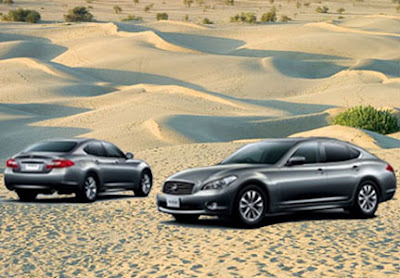



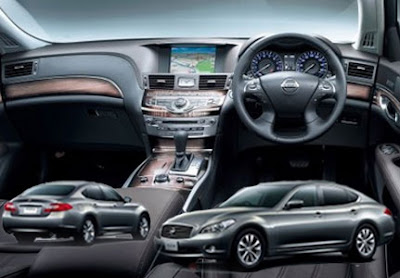


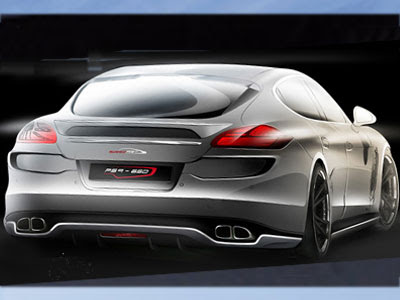
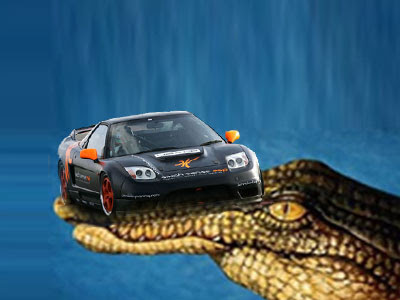
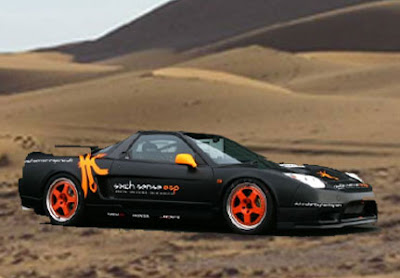

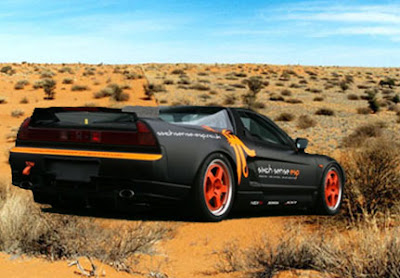






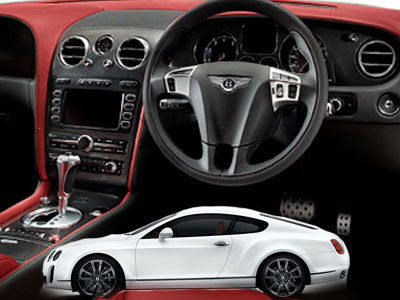
 ..............................2011 Lotus Esprit Sports Car
..............................2011 Lotus Esprit Sports Car ..............................2011 Lotus Esprit Sports Car
..............................2011 Lotus Esprit Sports Car ..............................2011 Lotus Esprit Sports Car
..............................2011 Lotus Esprit Sports Car
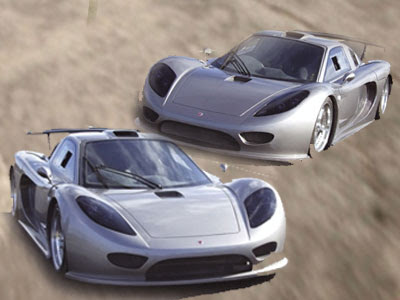
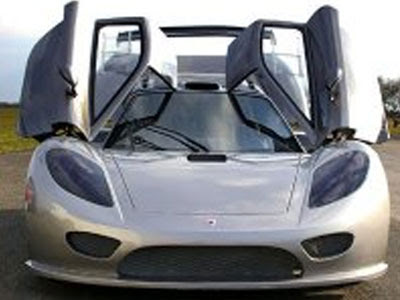




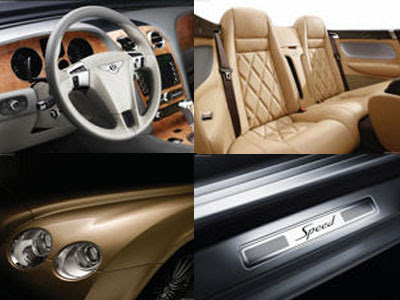
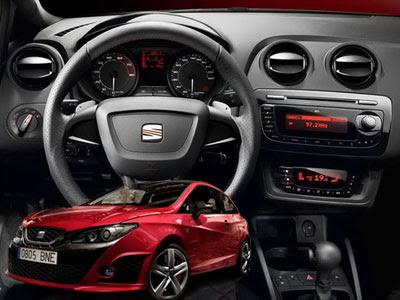

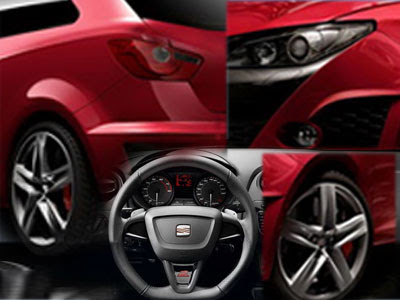

Safety is at the heart of the Federal Motor Carrier Safety Administration’s (FMCSA) mission. Working together with the trucking industry, FMCSA envisions a future of smart technologies that support the expanding role of the trucking industry to safety, security, and efficiently transport the nation's goods and products.
FMCSA has developed a series of product guides to assist carriers, drivers, fleet managers, and other interested individuals to learn more about available safety and security systems.

The following decision factors are critical for making, using, and buying technologies in the commercial motor vehicle industry;
The U.S. Department of Transportation today released its Motorcoach Safety Action Plan which lays out concrete steps for improving motorcoach safety across the board. The action plan addresses major safety issues such as driver fatigue and inattention, vehicle rollover, occupant ejections and oversight of unsafe carriers.

We are committed to making sure that bus travelers reach their destinations safely,said Transportation Secretary Ray LaHood.These improvements will not only help reduce the number of motorcoach crashes, it will also help save lives and reduce injuries. While motorcoach travel is a very safe mode of highway transportation in the United States, carrying 750 million passengers annually, an average of 19 motorcoach occupants are killed in crashes each year according to data collected by DOT's National Highway Traffic Safety Administration. Additional fatalities result among pedestrians, and occupants of other vehicles involved in these crashes.
To address this issue, Secretary LaHood directed DOT's agencies to take a fresh look at motorcoach safety issues, identify actions to address outstanding safety problems, and develop an aggressive schedule to implement those actions.The comprehensive action plan announced today proposes enhanced regulatory oversight of new and high risk motorcoach operators, as well as the increased use of new technologies. To address driver distraction, it proposes to initiate rulemaking to prohibit texting and limit the use of cellular telephones and other devices by motorcoach drivers. It also discusses requiring electronic on-board recording devices on all motorcoaches to better monitor drivers' duty hours to address fatigue, and enhanced oversight of unsafe carriers.
In addition, the action plan proposes to better protect motorcoach occupants by requiring the installation of seat belts and discusses additional measures such as the establishment of performance requirements for enhanced roof strength, fire safety, and emergency egress. It also calls for safety improvements using technologies such as electronic stability control to prevent rollovers.